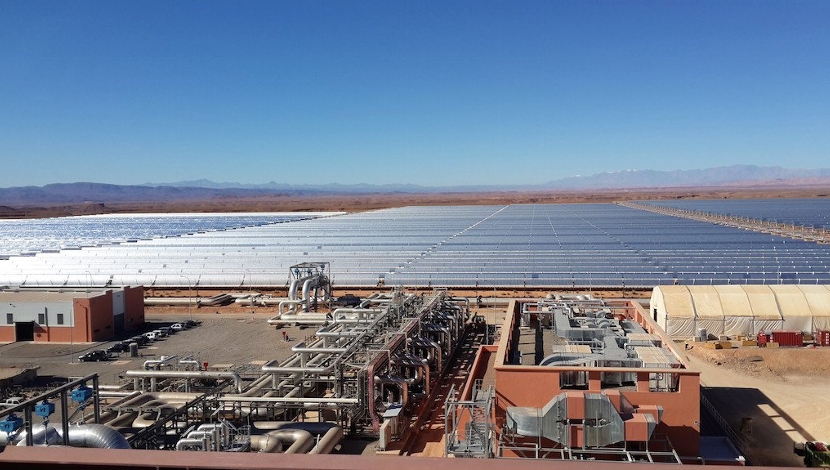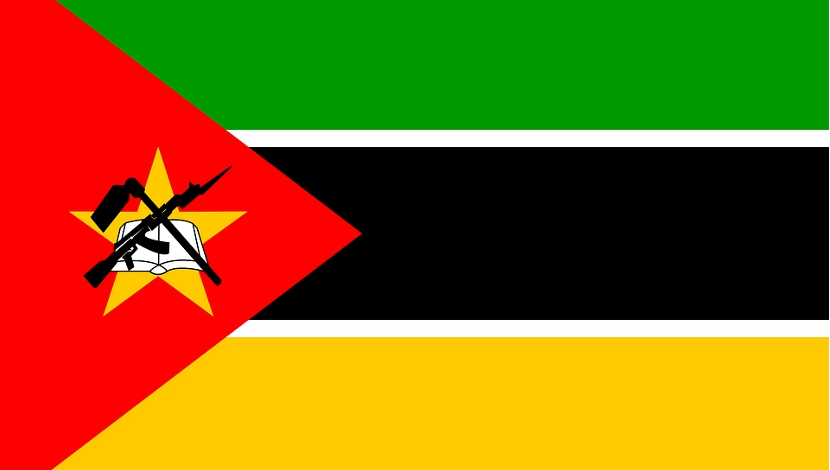

Germany has allocated $34.8 million to help Zambia implement the Renewable Energy Feed-in Tariff Strategy, which will accelerate the development of renewable energy in the country.
The funding, awarded through the German Development Bank, will be allocated to the GET FiT (Global Energy Transfer Feed-in Tariffs)-programme, a project that is designed to assist Zambia promote diversification of the power sector.
GET FiT Zambia is a collaborative programme which is led by the Government and with the support of Zesco Limited, the Energy Regulation Board, KfW, and African Trade Insurance Agency, among others.
Will Pearson, who is the GET FiT Zambia coordinator, said that the development will also result in bringing about 200MW of renewable energy to the grid in the next 5-7 years.
At the just-ended Zambia International Energy and Mining Conference and Exhibition, Pearson said that the REFiT strategy, is awaiting Government approval. He also said that
as soon as the programme is officially launched, KfW is expected to partner with other donors to increase the overall funding.
Pearson said the programme will also result in the development of 50MW of solar PV plants, which will be developed by the private sector in different parts of the country under an initiative similar to World Bank-supported scaling-up solar programme.
Last year, President Lungu commissioned construction works for the US$1.2 B solar power plants in Lusaka under the auspices of the Industrial Development Corporation and was supported by the World Bank.
The project was described by World Bank president Jim Yong Kim as a perfect example of how public-private partnerships can help in advancing the provision of energy at US$.06 / KW hour, which is very low especially in Africa.
The GET Fit programme will begin with a 50MW solar PV tender and will use a reverse auction which is similar to scaling solar but project developers will choose their own sites subject to grid constraints to be indicated by Zesco.
This programme aims the development of small- to medium-scale independent power producer projects between 1-20MW. Pearson said subsequent tenders will call for other technologies including biomass, hydro, and geothermal.





